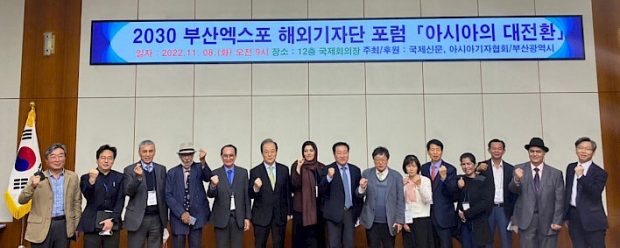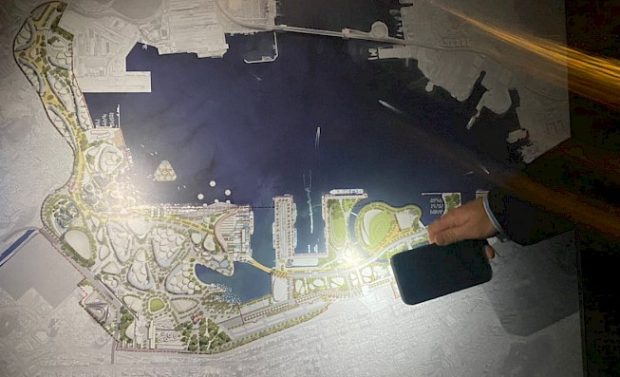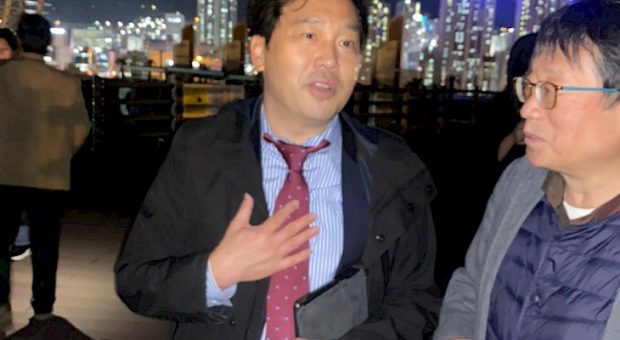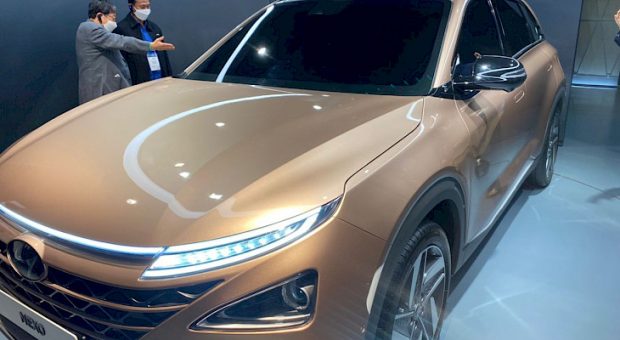
Busan is great city for EXPO 2030!

By Kuban Abdymen
BISHKEK / SEOUL /BUSAN: The history of organization, selection of hostesses and holding of EXPO exhibitions begins in 1851 from the moment of signing the Convention for the Organization of International Exhibitions.
The Bureau International des Expositions (BIE) serves as the governing body for three types of exhibitions: general, international and specialized. It was created in 1928 and its members at this moment are 168 countries of the world. Exhibitions last from 3 to 6 months.
The international exhibition is a symbol of industrialization and an open platform for demonstrating the technical and technological achievements of all countries participating in it. Exhibitions of mixed types were held in dozens of countries around the world.
In recent decades, exhibitions have begun to take on a more practical focus. The country that received the right to host the exhibition achieved success as a result of careful consideration of its candidacy by the authoritative BIE Commission.

One of the likely winners among the contenders for the Expo 2030 exhibition is the South Korean port city of Busan. At the same time, its competitors are Riyadh from Saudi Arabia and Milan from Italy.
In order to promote its candidacy, the Busan city government has already received the full support of the government of the country. A state commission was organized to attract sponsors for the accumulation of funds, and a wide campaign was carried out to obtain public support.
In order to fully promote the idea of holding EXPO 2030 in Busan, the South Korean authorities, with the support of the Asian Journalists Association and the Korean Journalists Association, organized a special study tour for media representatives from a number of Asian countries, including Pakistan, Iran, Indonesia, Cambodia, Egypt, Vietnam, and also from Kyrgyzstan.
Late autumn in South Korea is so warm that all urban and field plants continue to retain their foliage, only slightly changing colors from plant to plant. And the green color prevails. And in such an environment, the city of Busan, home to more than 4 million people and located in the far south of the country on the shores of the Yellow Sea, becomes as attractive as one can imagine.

At the very beginning of the study tour for the guests, the administration showed the project for the construction of the exhibition, which will partially replace the existing buildings at one of the port’s large berths, as well as an expanded version of the project.
To assess the scale of construction, only two points should be mentioned – the amount planned for the construction of pavilions and other buildings of the exhibition exceeds $200 billion and almost all materials for the upcoming structures will be made from waste, that is, from recycled materials. Most of the plastic waste will be recycled.
The city of Busan itself is the second largest and most industrial city in South Korea, where more than 4 million people live. At the same time, Busan is the sea gate of Korea. Most of the export-import processes are carried out in this city. Naturally, one of the main sponsors of the international exhibition is the city of Busan itself.
However, in order to organize it at a decent level, you need to raise a large amount, and for this, the organizers will need other sponsors. And one of them is the largest steel company in Asia and even in the world, POSCO, whose history of creation and development is closely connected with the history of the formation of modern South Korea.

As the world’s sixth largest steel producer, POSCO produces more than 21 million tons of steel per year. At the same time, raw materials are almost completely imported from other countries, mostly from Australia, from a number of Asian countries, such as Vietnam. The dream of developing the steel industry in Korea began to come true with the plan to build a common steel plant in the 1960s.
Starting from scratch with no capital, technology or experience, the long journey to an integrated steel plant began with the founding of POSCO on April 1, 1968. The then government of the country, headed by President Park, chose the city of Pohang as the site for a smelter, located just north of Busan and also a port city.
The modern achievements of the plant are fully demonstrated in the museum, which exhibits documents and exhibits from the moment of its foundation. The most attractive part of the museum is a model that shows the entire process of steelmaking, when steel is smelted from the brought mountain ore and then exported to other countries by large ships from here.
In South Korea, in addition to well-known brand companies such as Samsung, there are also well-known automotive companies in the world, such as Hyundai and KIA Motors. It should be expected that they will also become major sponsors of the EXPO 2030 exhibition.

The Hyundai automobile plant specializes in the production of not only small cars, but also produces trucks and large spacious buses. In all cities of the country it is not often possible to find imported cars, but everywhere you can see Korean-made cars.
The pride of the Hyundai company can be called a car of the latest development, which has not yet been put on the conveyor, since it is being finalized. At the company’s demonstration site, an exhibit is exhibited, which shows how a car is filled with plain water, travels for a long time, and it gives the purest water during the process of the motor’s work that you can drink.
At the same time, representatives of the plant claim that such transport will not cost more than modern models of cars. It remains only to wait until mass production of the machine begins, which not only does not pollute the air, but also produces clean drinking water.
In general, South Korea is preparing so seriously to host the international exhibition EXPO in 2030 that knowledgeable people see it as unlikely that such a major event will be held in another city in the world.
Good luck Busan at EXPO 2030!


